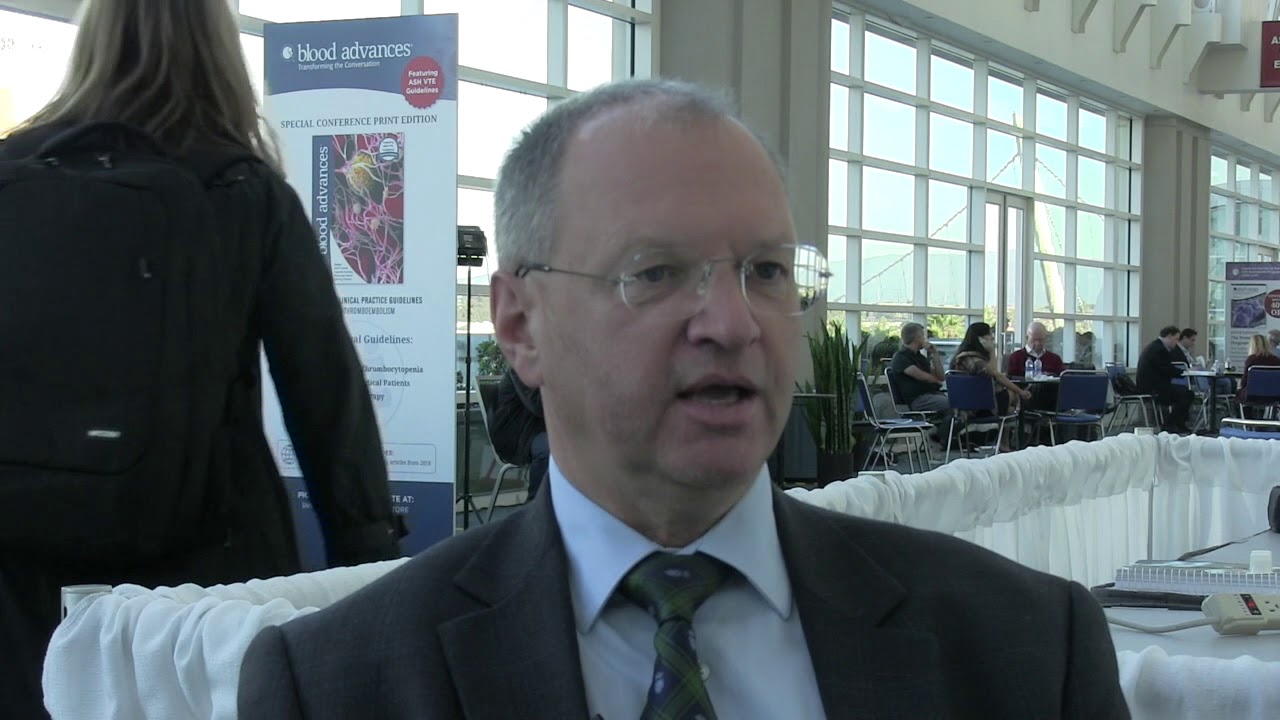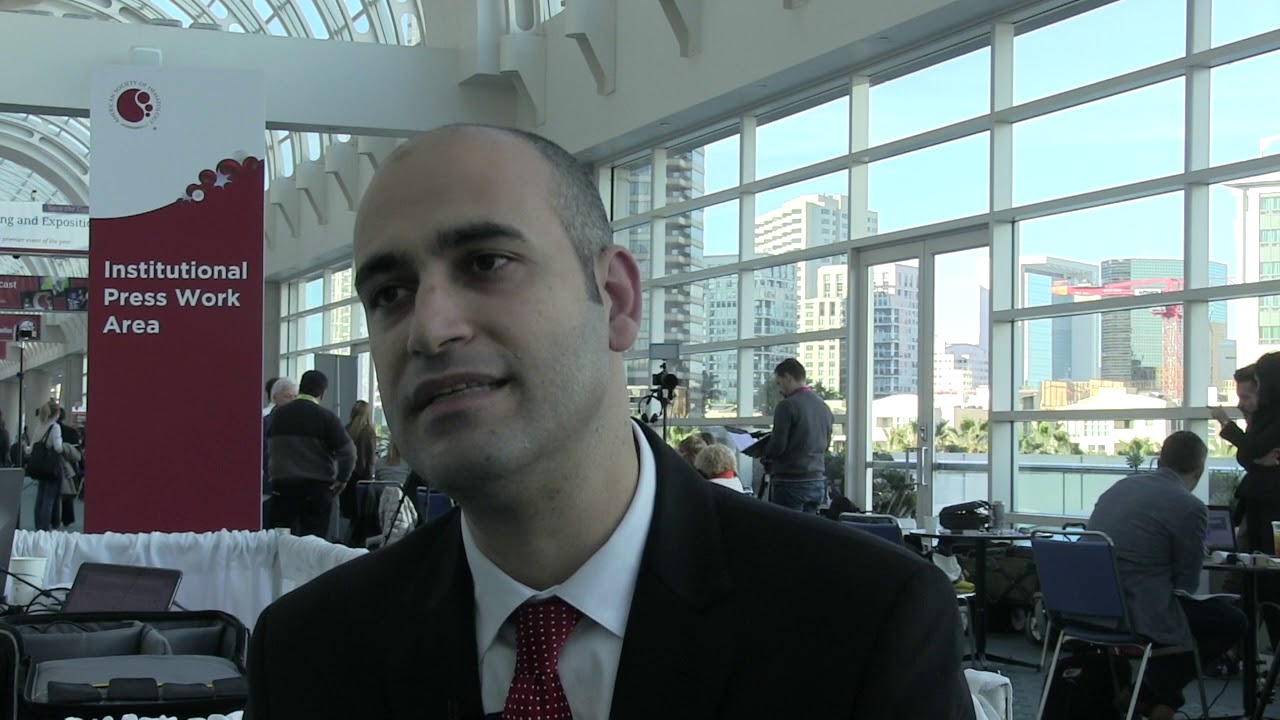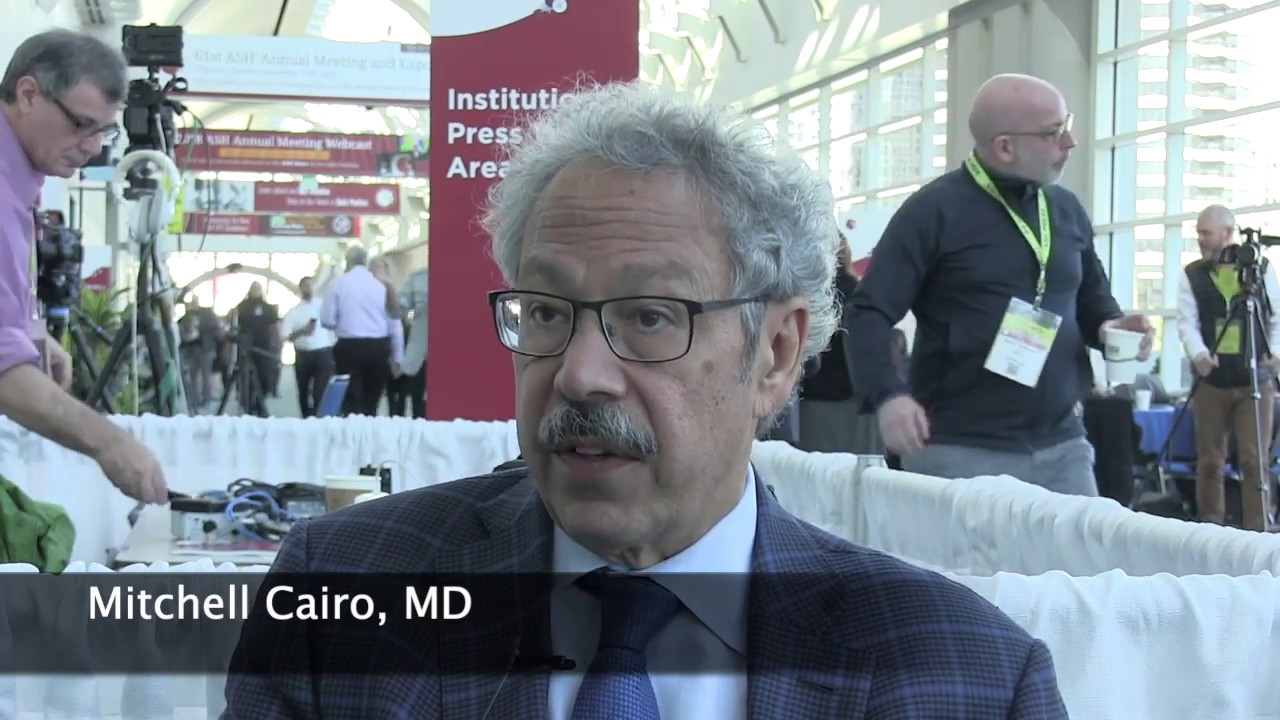A proof-of-principle study has shown that cells edited to remove the genetic mechanisms for turning down the production of fetal hemoglobin persisted for more than 1 year in an animal model and were able to increase fetal hemoglobin to counteract the defective hemoglobin produced in genetic blood disorders like sickle cell disease.
“These are the first data in a clinically relevant large animal model to demonstrate the feasibility and clinical applicability of CRISPR/Cas9-mediated fetal hemoglobin reactivation,” Olivier Humbert, PhD, of Fred Hutchinson Cancer Research Center, Seattle, and colleagues wrote in an abstract presented at the 60th ASH Annual Meeting and Exposition. “The successful targeting and engraftment of our HSC-enriched population should also have significant implications for gene therapy and gene editing of other genetic diseases.”
In 2017, researchers at Fred Hutchinson identified a specific subset of adult blood stem cells that were responsible for repopulating the entire blood and immune system after transplant. Specifically, a subpopulation of about 5% of all blood stems cells did all the work in both early recovery and sustained maintenance of the newly rebuilt blood and immune system. The group, marked as CD34+CD45RA-CD90+, started rebuilding all different cells of the blood and immune system within 10 days of being infused in a study of nonhuman primates undergoing transplant. A year later, the researchers found strong molecular traces of those cells, indicating that they were responsible for the ongoing maintenance of the transplanted system.
In this abstract, the researchers detailed the use of CRISPR/Cas9 nuclease platform to recapitulate a 13-nucleotide deletion in gamma globin gene promoter identified in individuals with hereditary persistence of fetal hemoglobin. In the first experimental cohort, three rhesus macaques received 70% to 75% fetal hemoglobin-edited bone marrow-derived CD34+ hematopoietic stem and progenitor cells (HSPCs).
All three animals had rapid hematopoietic recovery and peripheral blood editing levels stabilized at 12% to 30% for at least a year after transplant. Robust engraftment of gene-edited HSPCs in the bone marrow compartment was observed in all three animals with no measurable off-target activity or clonal expansion, according to the abstract.
To explore the CD34+CD90+CD45RA cell phenotype further, the researchers then transplanted three additional animals by sort-purifying and solely editing this hematopoietic stem cell-enriched phenotype, reducing the number of target cells by over 10-fold without affecting hematopoietic recovery, engraftment, or fetal hemoglobin reactivation.
This effectively reduces the need for editing reagents by 90% without compromising engraftment of modified cells and should facilitate future translatability of these approaches, the researchers wrote.
Humbert O, et al. Persistence of CRISPR/Cas9-edited hematopoietic stem and progenitor cells and reactivation of fetal hemoglobin in nonhuman primates. Presented at 60th Annual ASH Meeting and Exposition; December 1-4, 2018; San Diego. Abstract #806.







 © 2025 Mashup Media, LLC, a Formedics Property. All Rights Reserved.
© 2025 Mashup Media, LLC, a Formedics Property. All Rights Reserved.